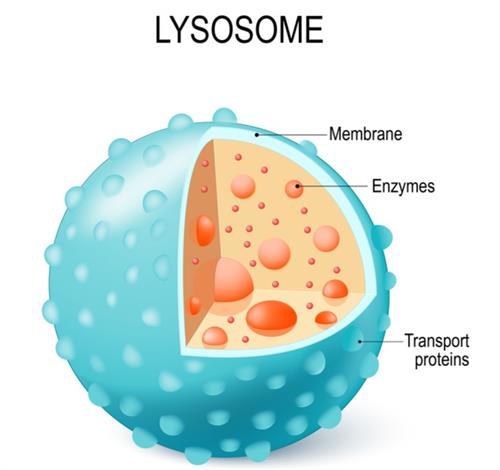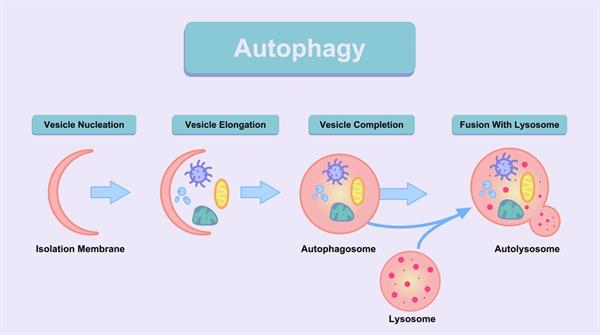PDF chapter test TRY NOW
What will happen if we store a lot of wastes in our home? The entire functioning of the home will get disturbed. Similarly, the cells generate wastes which need to be disposed systematically to ensure its smooth functioning. The waste disposal is supported by the cell organelle called lysosomes.
Christian de Duve was the first to describe lysosomes in 1955. They can be found in most animal cells and a few plant meristematic cells. Bacteria and mature mammalian erythrocytes are devoid of them.
Structure and components: Membrane -bound sacs that are filled with digestive enzymes. RER produces these enzymes.
Presence and absence: Lysosomes present only in animal cell and not in plant cell.
Lysosomes are termed as 'cleaners of the cell waste' because these are organelles with digestive enzymes that enable digestion and removal of waste in the cell.
Presence and absence: Lysosomes present only in animal cell and not in plant cell.
Lysosomes are termed as 'cleaners of the cell waste' because these are organelles with digestive enzymes that enable digestion and removal of waste in the cell.

Lysosomes
Functions of Lysosomes:
- Lysosome digest any foreign material entering the cell. For example, bacteria, food, etc. Also, it digest worn-out cell organelles or old cell organelles. They are waste disposal system of the cell. Hence they are called as scavengers and cellular house-keepers.
- During digesting the foreign materials and old cell organelles, the powerful enzymes break the complex substances into simpler substances. These enzymes can break down all kind of organic materials.
- During starvation, lysosomes digest stored food contents by autophagy (self-eating) and supply energy to the cell.
- Lysosomes are also called as the 'suicidal bags 'of a cell. Because during an imbalance in cellular metabolism, cells may get damaged, lysosomes may burst, and enzymes digest their cells.

Autophagy
- Lysosomes are the small membrane-bounded organelles that contain hydrolytic enzymes.
- They digest the old or dead organelle and foreign particles and thus called garbage disposal of the cell or garbage truck of the cell.
Important!
Apoptosis, or the programmed cell death of body tissues, is aided by lysosomal enzymes.
Lysosomal enzymes are responsible for the gradual disappearance of a tadpole's tail during metamorphosis.
